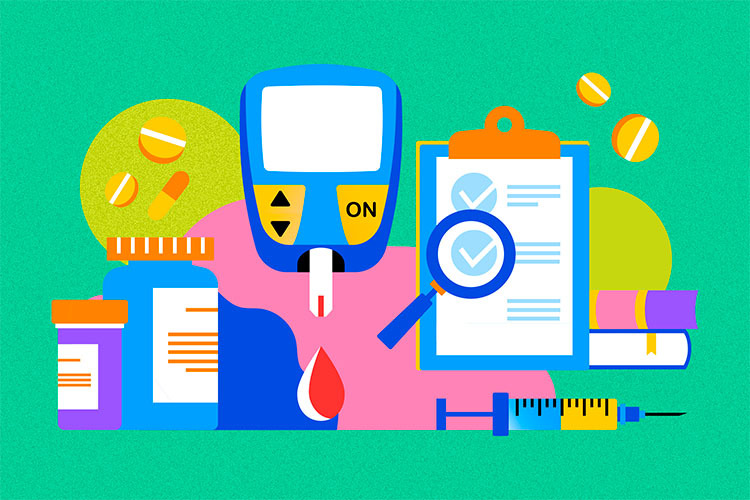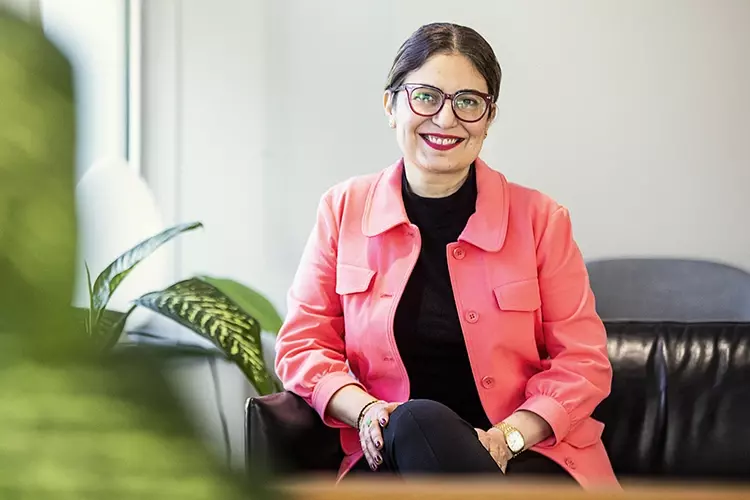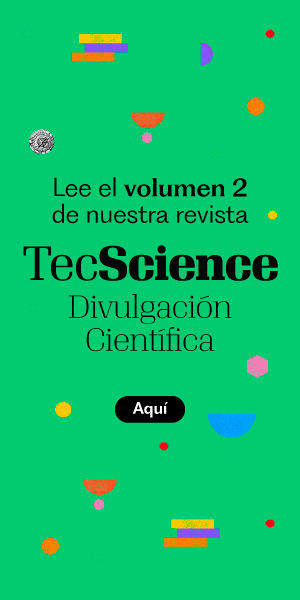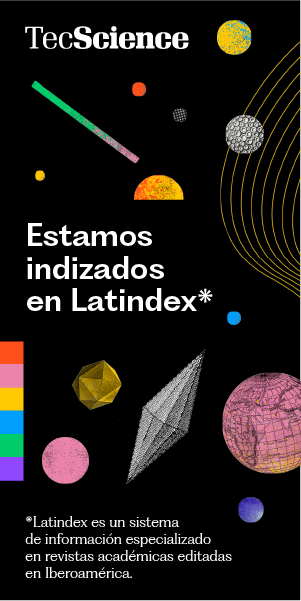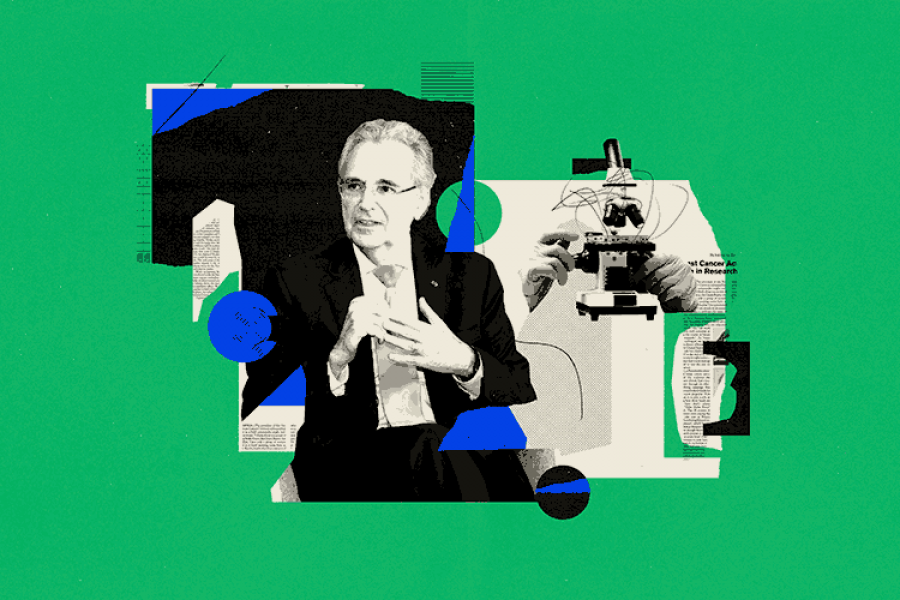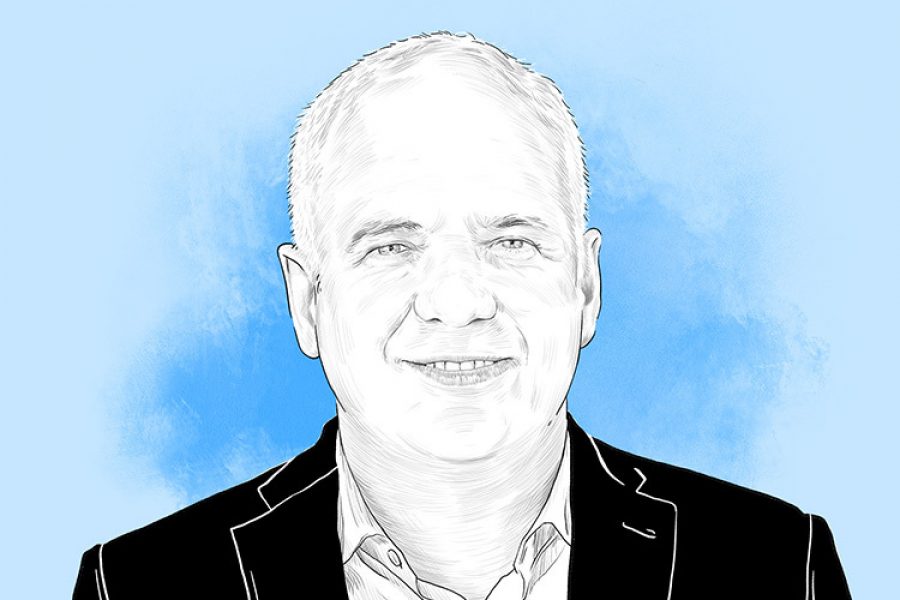The team behind the SocialDiabetes app was surprised when the number of Mexican users started to grow without any advertising. The company had been focused on European patients.
“We were based here [in Europe], and there came a point when the curve of Mexican users even surpassed that of Spaniards—without us having done anything in Mexico,” says María Salido, CEO of SocialDiabetes.
Today, the app has more than 68,000 users in Mexico. For Salido, this trend reflects the reality that thousands of Mexicans living with diabetes are actively looking for digital solutions in a country where the disease is the third leading cause of death.
The SocialDiabetes app syncs with a patient’s glucometer, recommends insulin doses based on meals, generates health graphs, includes a conversational chatbot, and sends alerts in emergencies.
“No healthcare system can stay by a patient’s side 24 hours a day. In addition to being a self-management tool, we also provide a telemedicine platform that allows healthcare systems to monitor patients remotely,” Salido explains.
Savings For the Public Health Sector
The company partnered with the Institute for Obesity Research (IOR) at Tec de Monterrey for its expertise in health economics—the field that studies how to use resources efficiently without compromising the quality of medical care.
The IOR will conduct a study in health economics to analyze national spending on diabetes and the potential economic benefits of implementing a digital tool like SocialDiabetes in the public healthcare system.
Digitizing diabetes care could translate into savings, particularly by enabling remote monitoring that prevents patients from having to travel. However, the challenge lies in determining the exact figure.
“The key information is this: for every peso invested in an institutional contract, we can calculate how much will be saved in amputations, heart attacks, blindness, or hypoglycemia events,” says David Contreras, researcher at the IOR and professor at Tec de Monterrey’s School of Government and Public Transformation.
In regions like Catalonia, for instance, the government already funds the operation of the SocialDiabetes app.
“In Europe, for every euro invested, savings range between three and eight euros in future expenses. It’s a pretty safe bet—those numbers are what convince governments to adopt it,” Contreras notes.
Measuring the Cost of Digitalization versus Diabetes-related Events
In 2022, diabetes cost the Mexican Social Security Institute (IMSS) about 50.6 billion pesos, though more specific data—such as the cost of severe events—are not yet available. That’s why Contreras says the project’s first phase will focus on establishing a robust economic analysis.
Determining the savings figure is no easy task. It involves combining statistical analyses of patient outcomes with existing data on public spending related to the disease.
“To calculate the savings, you have to randomize. You need one group of patients receiving standard care and another using the app. Then you track them over time, record biomarkers, and collect the costs of implementing the app as well as the expenses for each health event—say, a hypoglycemia episode or an amputation,” Contreras explains.
The Regulatory Gap for Health Apps
Another major challenge these types of tools face is certification. While in Europe the SocialDiabetes app is regulated as a medical device, Mexico still lacks regulations that recognize such apps as medical substitutes.
For Salido, the technological barrier won’t be an issue. Since Mexicans began registering eight years ago, the company has observed how easily users adapt to the technology.
“Mexican society is actually quite advanced technologically—more so than in many southern countries, and I’d even say more than Spain,” she affirms.
Did you find this story interesting? Would you like to publish it? Contact our content editor to learn more at marianaleonm@tec.mx
